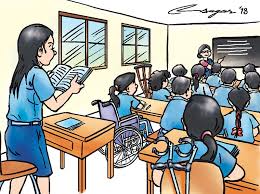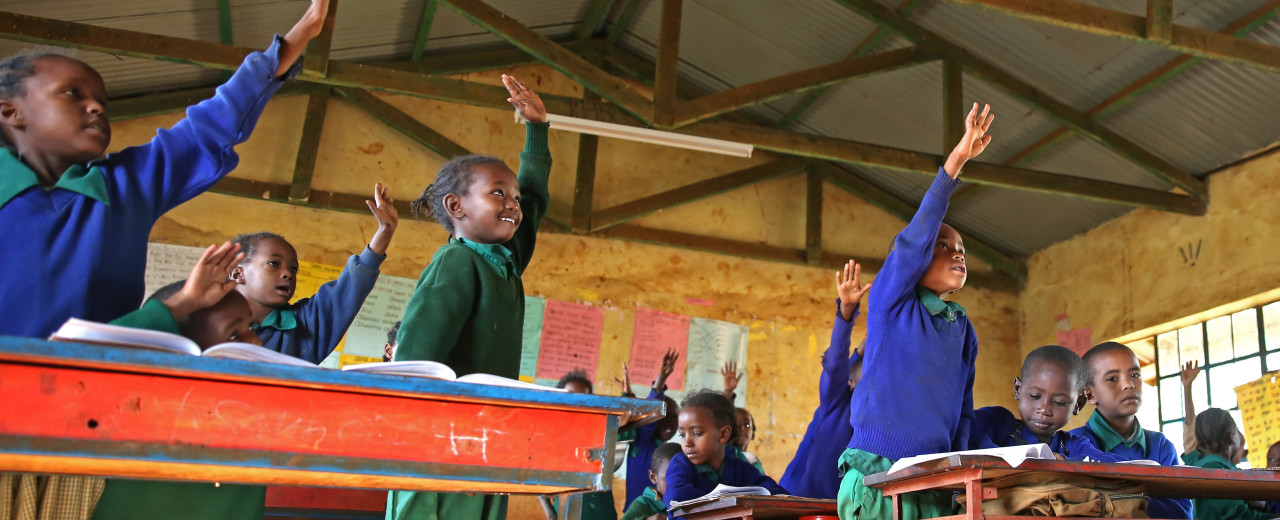Classroom
Learning Barriers among various types of Student in Hospitality Institutes.
Alike any other field, where one sells a product, In
hospitality we sell ourselves by our skills, grooming, knowledge , sense of
judgment and not the least a positive attitude. Imparting theoretical knowledge
is not the only motive of Hospitality teachers; we make our students fit for
the industry. That is why at Banarsidas Chandiwala Institute of Catering
Technology, it is said that "We make Entrepreneurs".
In the classroom, we can break down the types of
students into a few different categories with regards to effort exhibited in
class ie. Srota, Sota, Sarakta, Sarvota. Srota is for the listeners, they get
knowledge by listening. Sota are those students who believes in sleeping in the
class, Sarakta is actually looking but is mentally absent in the class. Sarvota
is the all rounder, who listens and is physically present in the class.
It is now us to decide which type we want our
students to fall in. By straight up fact, God gave some students much more
talent and potential than their peers. But not to say everyone can?t accomplish
what they want.
Despite the best intentions of both teachers and
students, students face a number of barriers in the classroom. These hurdles
may range from issues of Student Interests, Teacher Expectations, Classroom
Management and Choosing a right role model, etc. While each learning barrier
must be addressed individually with an open mind, will help teachers navigate
them successfully.
One
of the most wonderful things to see as a teacher is to break these barriers for
students.
Students
Interests.
Those days are gone, when classroom teaching was
considered as the best method of teaching. Now a day?s hospitality students are
so manipulative and confident that simple teaching does not work. While
educating, it is important to give some desirable knowledge, interests,
critical thinking and a positive approach, which most of the times is in the
hands of a trainer. Instead of white board teaching, students want new concepts
in the lectures.
To keep students interested, we must plan lessons
that keep them active, such as group activities, Case Studies, Video
presentations and situation handling. And such activities should not be
repeated in every lecture as it can become boring very quickly. The lecture
should include a lot of examples and situations. This procedure holds clarity
with the topic and at the same time student does not forget it easily.
Choosing
a Role Model.
Role models are important. They help us become the
person we want to be and inspire us to make a difference. Choosing wisely means
that we are influenced correctly and it will help to be the best person we can
be. If I give a ball to a film star and ask him to teach Cricket. He may know
all the theoretical concepts and rules of the game but may not be able to teach
it appropriately because of no practical exposure of Cricket. Whereas it would
be best to make a role model from the cricket team itself for ex. Kapil Dev.
After
all Newton?s law also came from practical.
Classroom
management.
A Classroom should be managed in such a way that
every student is under the eye of the faculty. It is wisely said that under
each faculty, there should be not more than 15 students. Otherwise Student misbehavior and outbursts
force teachers to deviate from the lesson to deal with the disturbance and
hindering student concentration. A good classroom must be away from echo and
climatic disruptions, and must have adequate ventilation and fitted technology
(eg. Projector, Screen, Audio Visual?s, Speakers, etc.). If a classroom is well
managed, then a teacher can anticipate in teaching without disruption.
Teachers
Expectations
Like no two rooms, no two hotels are same, how can
we expect teachers to be same. They have their own style of teaching and their
own sense of understanding students. Expectations of teachers can be many, but
the priority is building relationship of trust and respect with the students.
We follow a mentorship program at BCIHMCT, where every faculty handles 15- 20
students with their personal and professional problems. This makes a home like
feel to them and it is noticed, they are more adjustable with the faculty than
their parents.
Of course, Teaching is not a rocket science. It
involves not only the science of teaching but the art of building complex
relationships that establish trust, engender respect and encourage young people
to take risks in order to grow and to learn continually. The learning space of
the 21st century is not a classroom; it is more like a studio where learners
engage in ?ensemble pieces? either alone or in groups in collaboration with the
teacher.
Therefore I love the quote said by Richard Elmore.
"Teaching is not rocket science. It is, in
fact, far more complex and demanding work than rocket science."



 Create and manage your profile
Create and manage your profile Refer an author and get bonus Learn more
Refer an author and get bonus Learn more Publish any lost and found belongings
Publish any lost and found belongings Connect with the authors & add your review comments
Connect with the authors & add your review comments Join us for Free to advertise for your business or
Contact-us for more details
Join us for Free to advertise for your business or
Contact-us for more details
 Join us for Free to publish your own blogs, articles or tutorials and get your
Benefits
Join us for Free to publish your own blogs, articles or tutorials and get your
Benefits

 1 like
1 like


